Introduction to 5G and Self-Driving Cars
5G is the newest wireless technology, and it’s about to change everything for 5G and self-driving cars. These cars are amazing! They can drive by themselves without needing a human driver. Lots of big car makers, tech companies, and even small startups around the world are racing to make these cars a reality.
These self-driving cars use tons of different sensors, cameras, radar, and smart computer programs to understand the world around them. To move from regular cars to fully self-driving vehicles, we really need advanced technology. These cars need to process information quickly and make smart decisions based on what’s happening around them. Still, even the best sensors have challenges when it comes to sharing important information in real-time with other cars, traffic signals, and the internet. That’s where 5G comes in. This new technology can send and receive data super fast and with very little delay. It can connect many different devices at the same time. For self-driving cars to work properly, they need to share information quickly. Thanks to 5G, these cars can communicate with each other and their surroundings without missing a beat. This means they can react quickly and more accurately to whatever happens on the road.(5G and Self-Driving Cars: Changing the Way We Travel)
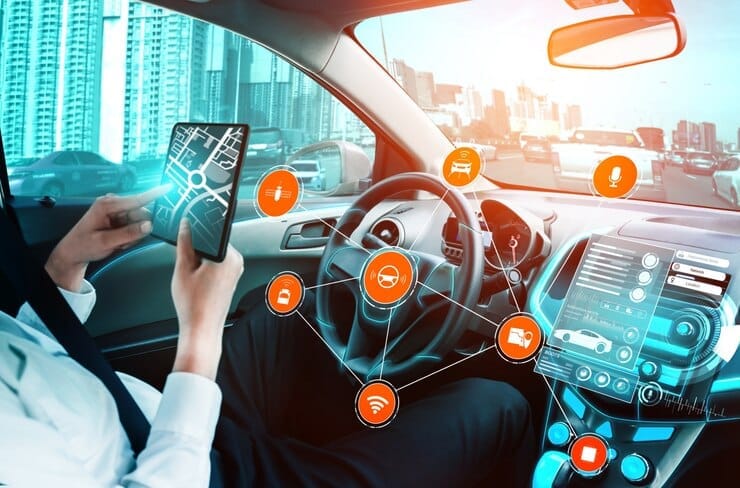
5G and self-driving cars go hand in hand. Self-driving cars can use their sensors for making decisions, but 5G helps them by allowing for quick data sharing. We’re just starting to see how these two technologies combine. Together, they promise to make travel safer, quicker, and a lot more user-friendly.
How 5G Helps Self-Driving Cars
1. Quick Data Transmission
One big challenge for self-driving cars is how quickly they can take in data and decide what to do next. These cars need to keep an eye on everything around them. They get tons of information from their sensors and have to react in a split second to keep everyone safe. If something unexpected happens, like a car suddenly stopping, the self-driving car must react in an instant.
This is where the 5G network shines. Older mobile networks can be slow, causing delays that are risky for self-driving cars. When it comes to safety, every millisecond counts. 5G reduces delays to just about 1 millisecond. That’s way faster than 4G, which can take up to 50 milliseconds! Because of this, cars can get and send information about their surroundings almost instantly. With 5G, a car can figure out how far it is from other objects or people. It can also figure out the best route to take or adjust its speed all in real-time. This quick communication helps self-driving vehicles work better, even in busy cities or bad weather.
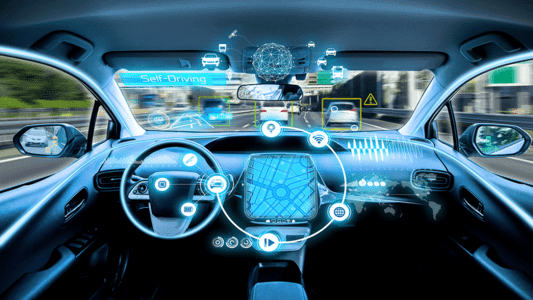
2. Car-to-Everything (V2X) Communication
Another cool part of self-driving cars is something called Vehicle-to-Everything, or V2X communication. This system lets cars talk to each other, traffic signals, and even pedestrians. With Vehicle-to-Vehicle (V2V) communication, self-driving cars can share info like how fast they’re going or where they are. This sharing helps them understand what other cars are doing. If one car suddenly brakes, it can warn nearby vehicles to slow down too.
Vehicle-to-Infrastructure (V2I) communication connects the cars to important traffic systems like signals and signs. 5G makes it easier for cars to interact with these systems. If a self-driving car comes to a red light, it can get real-time updates about what’s happening. This helps the car decide whether to stop, wait, or find a different route. Then there’s Vehicle-to-Pedestrian (V2P) communication. This helps cars know if pedestrians or cyclists are nearby. This is especially important in busy city areas where people might cross the street unexpectedly. With 5G, this kind of communication happens instantly, making the roads safer for everyone.
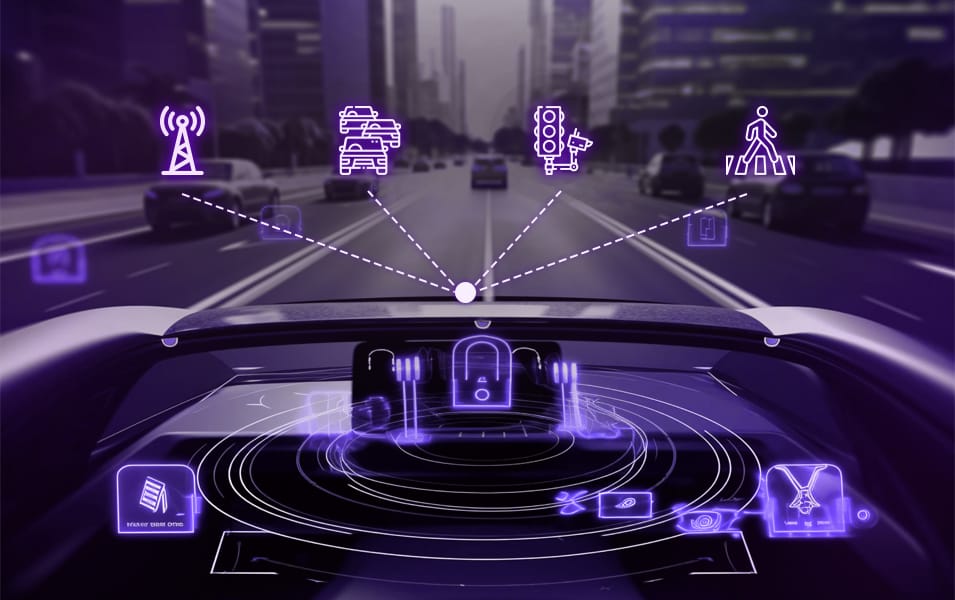
By allowing vehicles to share information quickly, 5G ensures that self-driving cars can make better decisions. They won’t just see what’s close by; they also get to know more about their surroundings.
3. Safety Improvements
Safety is key when talking about self-driving cars. Since there isn’t a driver to step in during emergencies, these cars need to have strong safety systems. Here, 5G plays a major role.
Crash Prevention Systems: Self-driving cars use sensors to spot nearby dangers, like other cars, pedestrians, or obstacles. However, these sensors have limits. With 5G, these cars can communicate instantly with others and traffic services. If something happens ahead, the self-driving vehicle can be alerted immediately and react quickly. For example, if another car suddenly stops, the self-driving car can know ahead of time to slow down or change direction.
Smart Traffic Management: 5G also makes traffic systems smarter. If there’s an accident or a traffic jam, self-driving cars can receive updates about what’s going on ahead. This helps them know when to reroute, making travel smoother.
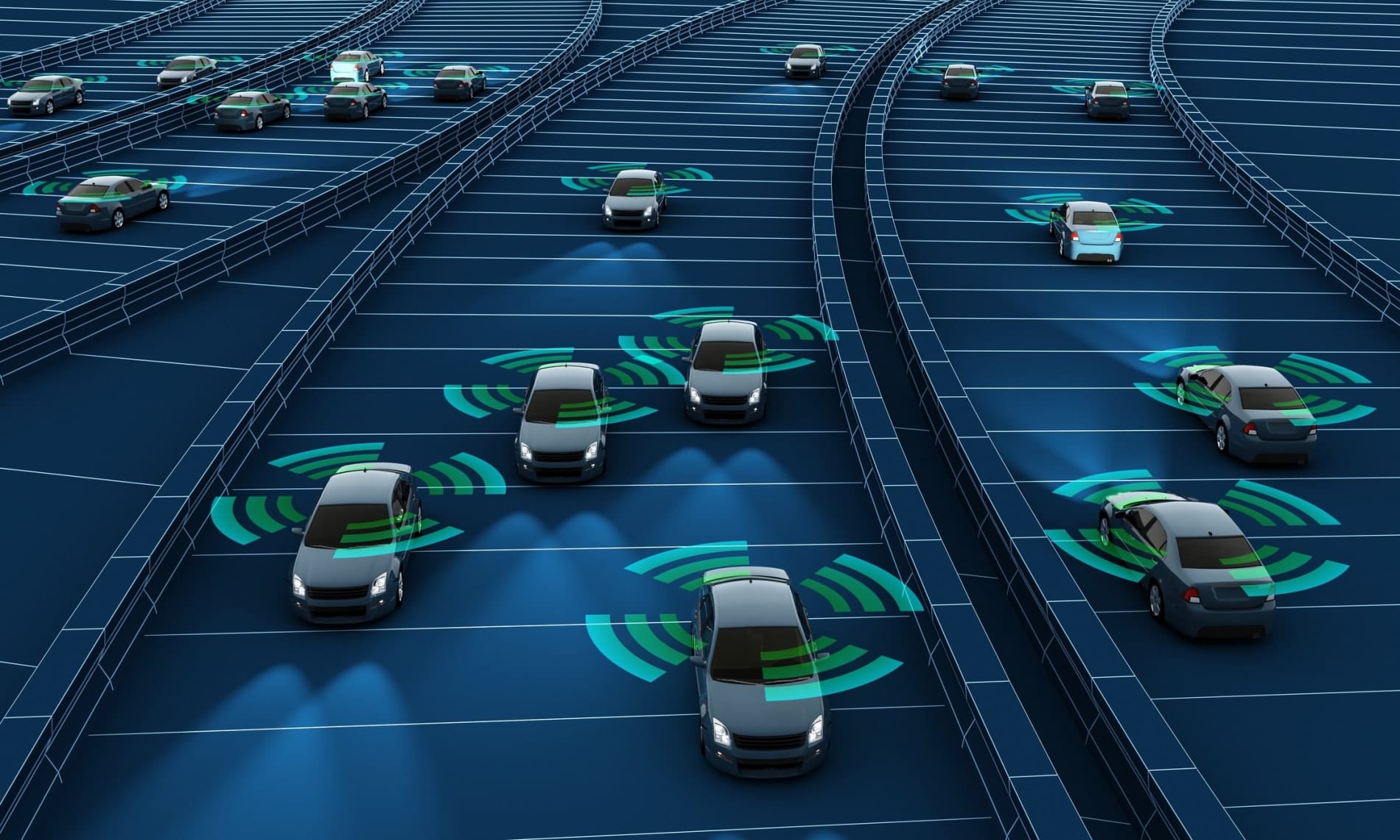
Emergency Alerts: If a self-driving car gets into an accident, it can automatically notify emergency services. The car can send important details like location and speed, which helps first responders get to the scene fast and understand what’s happened. This could help save lives during critical moments.
Benefits of 5G and Self-Driving Cars
1. Quicker Reactions
With 5G, self-driving cars can respond to their environment much quicker than before. The quick communication allows all the parts of the system—the vehicles, the traffic signals, and the cloud—to work together instantly. When paired with advanced sensors, this means these cars can react faster than older technology. For instance, if something appears in front of the car, it can decide to stop or steer away immediately. This quick thinking helps avoid accidents, especially when older networks would slow things down too much.
2. Better Navigation
5G helps self-driving cars get real-time traffic updates. These updates help the vehicles navigate more accurately, based on current information like road conditions, accidents, or detours. In urban areas, where traffic and unexpected events are the norm, self-driving cars that use 5G can quickly adapt to what’s happening around them. This way, they can find the best routes and save time.
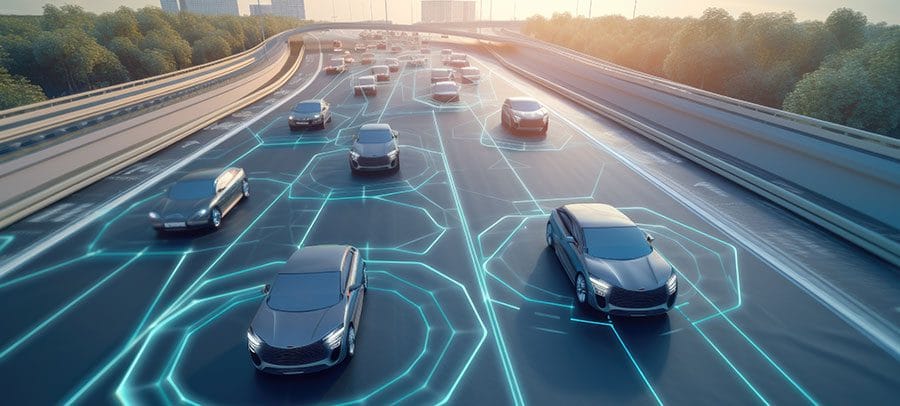
3. Less Risk of Accidents
When you combine 5G with self-driving cars, it can greatly cut down on traffic accidents. With V2X communication, cars can be more aware of their surroundings. They can also talk to each other to avoid collisions. Plus, having real-time data from connected traffic lights and other cars helps these vehicles spot dangers before they happen. The fast communication and advanced sensors, fueled by 5G, mean self-driving cars will be better at keeping everyone safe on the road, reducing accidents, and potentially saving lives.
Challenges Ahead
1. Rules and Regulations
Even with all the promise of 5G and self-driving cars, there are still plenty of rules to sort out. Governments need to create nationwide standards for self-driving vehicles. Because the automotive industry is global, different rules in different countries could slow down how fast these cars hit the road. Some countries have already tried out limited testing for self-driving cars. Others are still figuring out how to do it. As 5G makes cars more connected and automated, we need to make sure they meet legal safety standards across the world.(5G and Self-Driving Cars: Changing the Way We Travel)
2. Cybersecurity Threats
As more devices connect through 5G, there are also rising concerns about cybersecurity. Self-driving cars could become targets for hackers. Since they rely on communication with other cars and systems, any weaknesses could lead to serious issues. If a hacker gets inside a car’s system, they could mess with navigation or even take control of the vehicle. That’s why it’s super important to build strong security measures into these self-driving cars from the start to keep them safe.
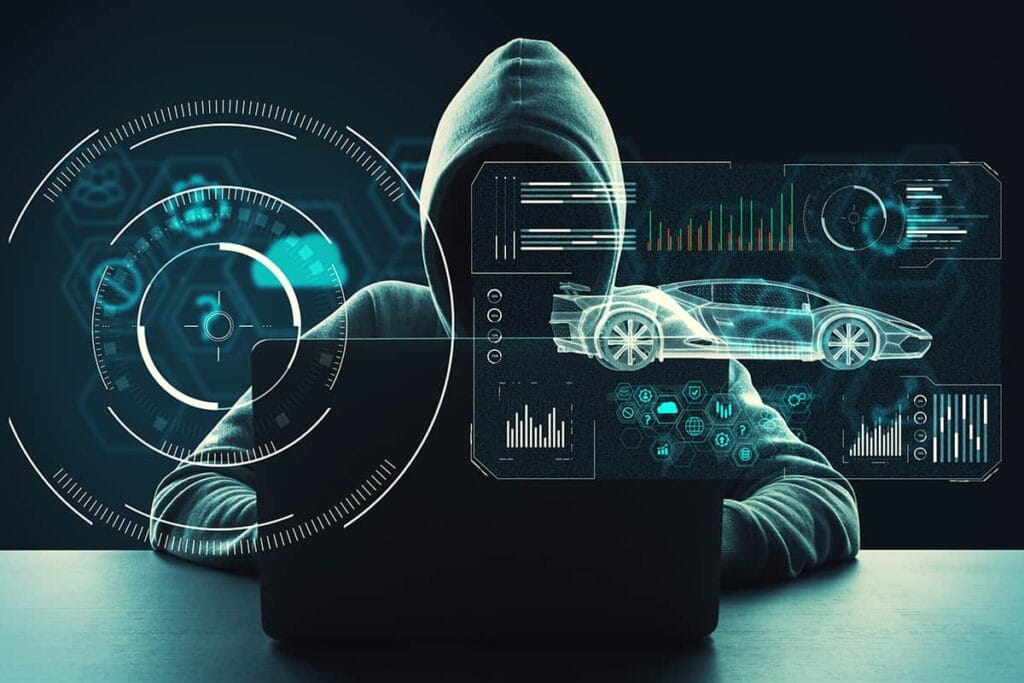
3. Investment in Infrastructure
Setting up 5G networks across the country will need a lot of investment. Governments and telecom companies have to come together to build the support for 5G networks. This means making sure cities and rural areas all have the technology they need. It’s also about updating city infrastructure—traffic lights, road signs, and sensors need to be smart so they can communicate with self-driving cars. This isn’t cheap, and it might take a while, especially in some areas that struggle to catch up.
Conclusion
Bringing together 5G and self-driving cars could change transportation for good. The ability for rapid data transfer, better communication systems, and enhanced safety features can make self-driving cars safer and more dependable. Although the advantages are clear—like quicker response times, better navigation, and fewer accidents—there are obstacles to navigate, such as rules, cybersecurity risks, and the need for strong infrastructure.
As we move forward and these technologies continue to grow, 5G and self-driving cars will play a big role in how we think about travel. They promise a future where getting around is safer, easier, and better connected to our lives. While getting to a place of full adoption might take some time, the combination of 5G and self-driving cars has the potential to reshape how we commute every day.



